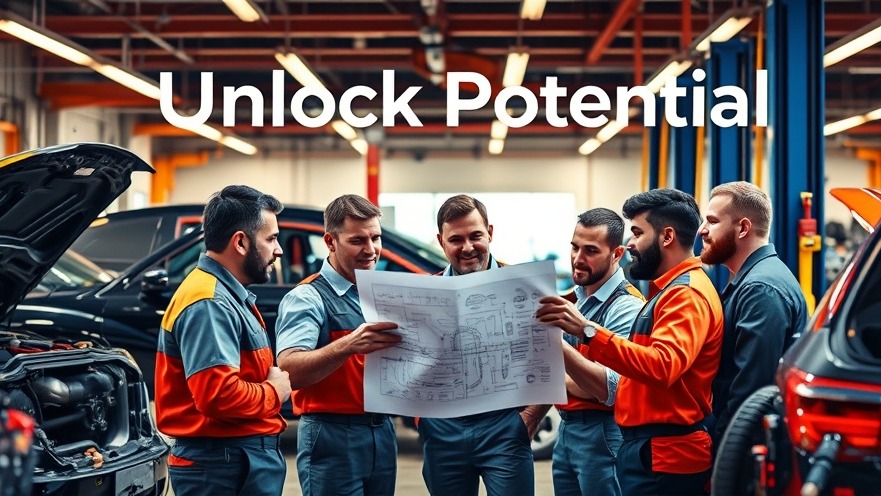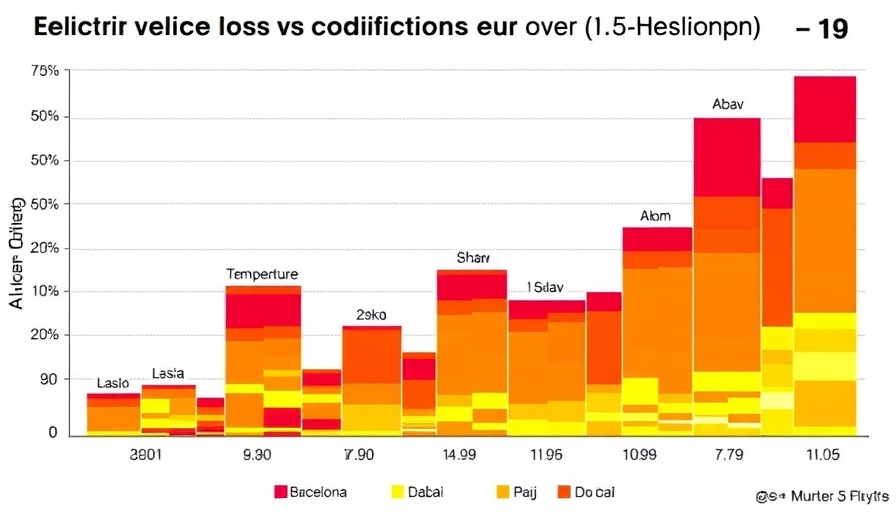
The Essence of a Minimum Viable Product: What Auto Repair Shops Need to Know
In today's competitive marketplace, auto repair shop owners are constantly seeking methods to innovate and improve their service offerings. One effective strategy is the implementation of a minimum viable product (MVP). This approach allows business owners to test their ideas with minimal risk before committing fully to a new service or feature.
Understanding the Minimum Viable Product Concept
A minimum viable product refers to the simplest version of a product or service that can be launched to validate customer interest. For auto repair shops, this could involve introducing a new service such as tire rotation using a scaled-back approach to gather feedback without a full rollout. Eric Ries, the originator of the MVP concept, emphasizes that the MVP should lead to the most significant learning with the least amount of investment.
Why Implementing an MVP Matters for Auto Repair Shops
For owners of auto repair businesses, using an MVP approach can yield valuable insights into customer preferences and behaviors. It allows shop owners to assess demand and readiness for new services without the high upfront costs that often accompany a complete launch. By refining services based on feedback obtained during the MVP phase, businesses can align more closely with consumer expectations.
Practical Example: Introducing a New Car Maintenance Package
Consider a scenario where an auto repair shop wants to introduce a new car maintenance package that includes seasonal checks. Instead of launching the full package immediately, a shop could offer a basic version that includes essential checks and receive direct input from customers on improvements. This not only saves costs but also enhances customer engagement as they feel their opinions shape the services offered.
Future Trends: The MVP Philosophy in Action
The MVP model is not only beneficial in the auto repair industry but also reflects broader trends towards customer-centric business practices. As technology continues to evolve, using MVPs can lead to innovative solutions tailored to meet the specific needs of customers in the automotive sector. By embracing this method, auto repair shop owners can stay ahead of the competition and continually adapt to changing market demands.
So, if you're ready to innovate your services without breaking the bank, consider incorporating a minimum viable product approach into your strategy. Understanding your customers' needs through an MVP could be the key to unlocking your shop's potential. Don't hesitate to take the first step towards evolution in your auto repair services today!
 Add Row
Add Row  Add
Add 




Write A Comment